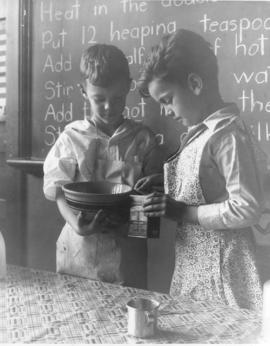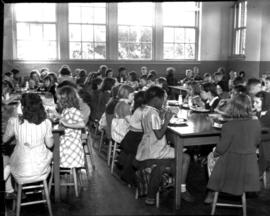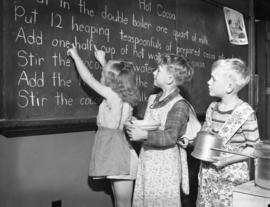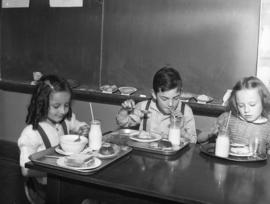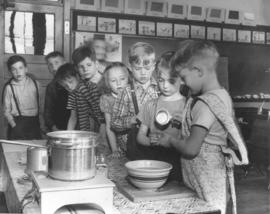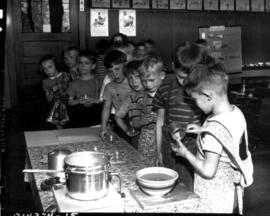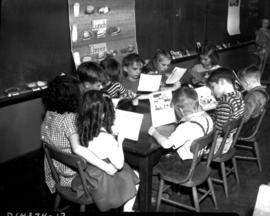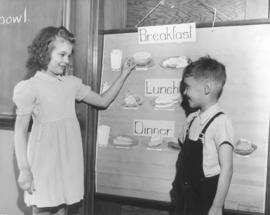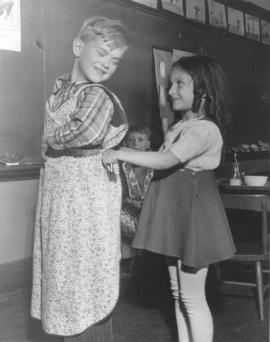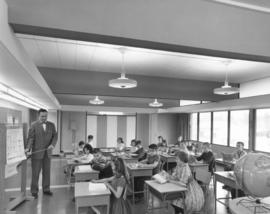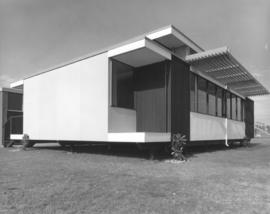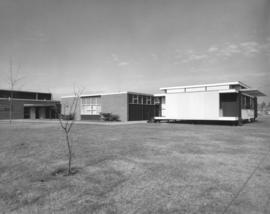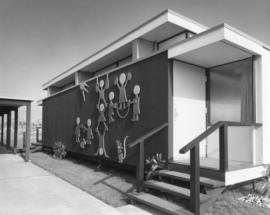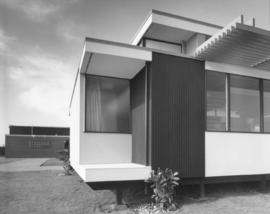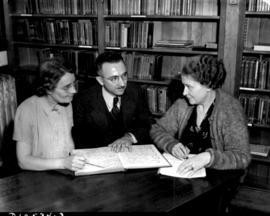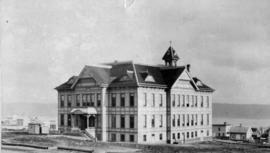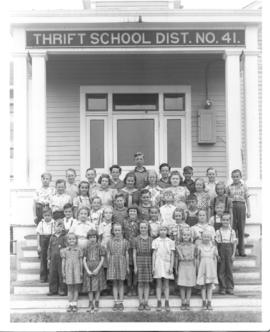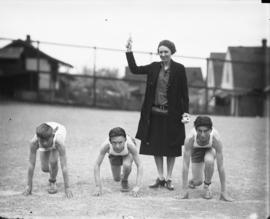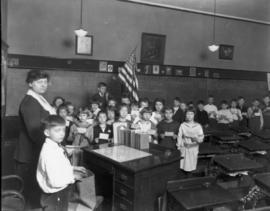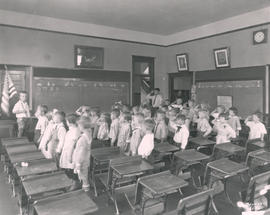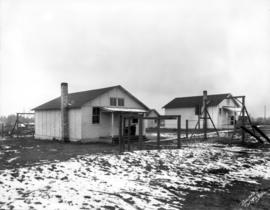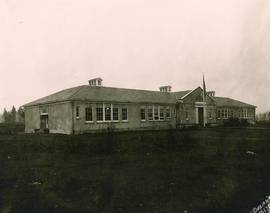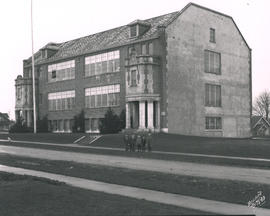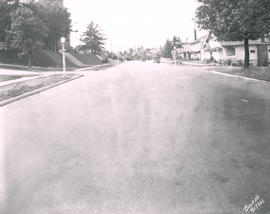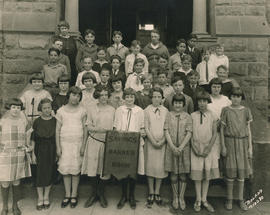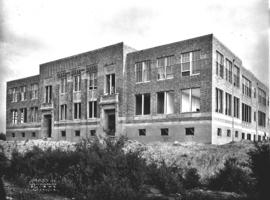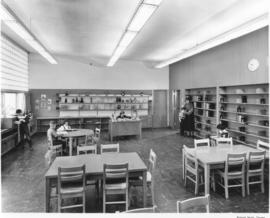In 1943, Miss Mildred Vaught's first grade pupils at Central School abandoned the usual Easter festivities in favor of learning about preparing nutritious foods. The children, using materials and cookbooks provided by the Washington Dairy Council, studied a unit entitled "Helping to Win the War by Keeping Well." As many mothers left home to work in defense plants, filling shifts as needed, children were required to care for and feed themselves at younger ages. The children are lined up to receive supplies from Billie McDonald for their cooking lesson, which incorporated lessons in reading, writing, math and hygiene. From left to right: Kay Francis, Verle Wagner, Don Clarkson, Billy York, Rose Marie Guillaume, Bennie Deschington and Jack Heath. (T. Times 4/24/1943, pg. 5)
Elementary schools--Tacoma--1940-1950; Central School (Tacoma); World War, 1939-1945--Children--Tacoma; Children cooking--Tacoma--1940-1950; School children--Tacoma--1940-1950;

